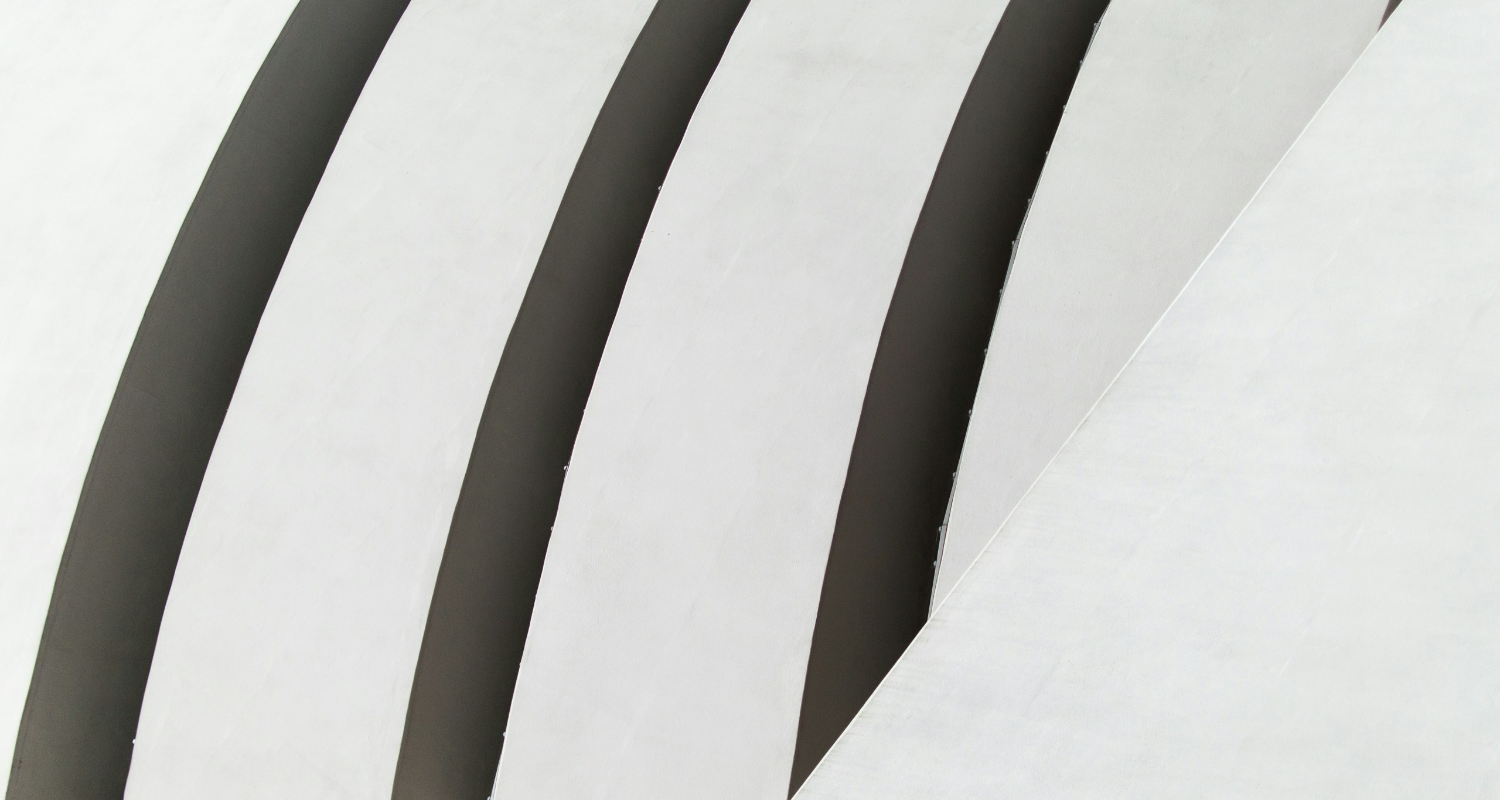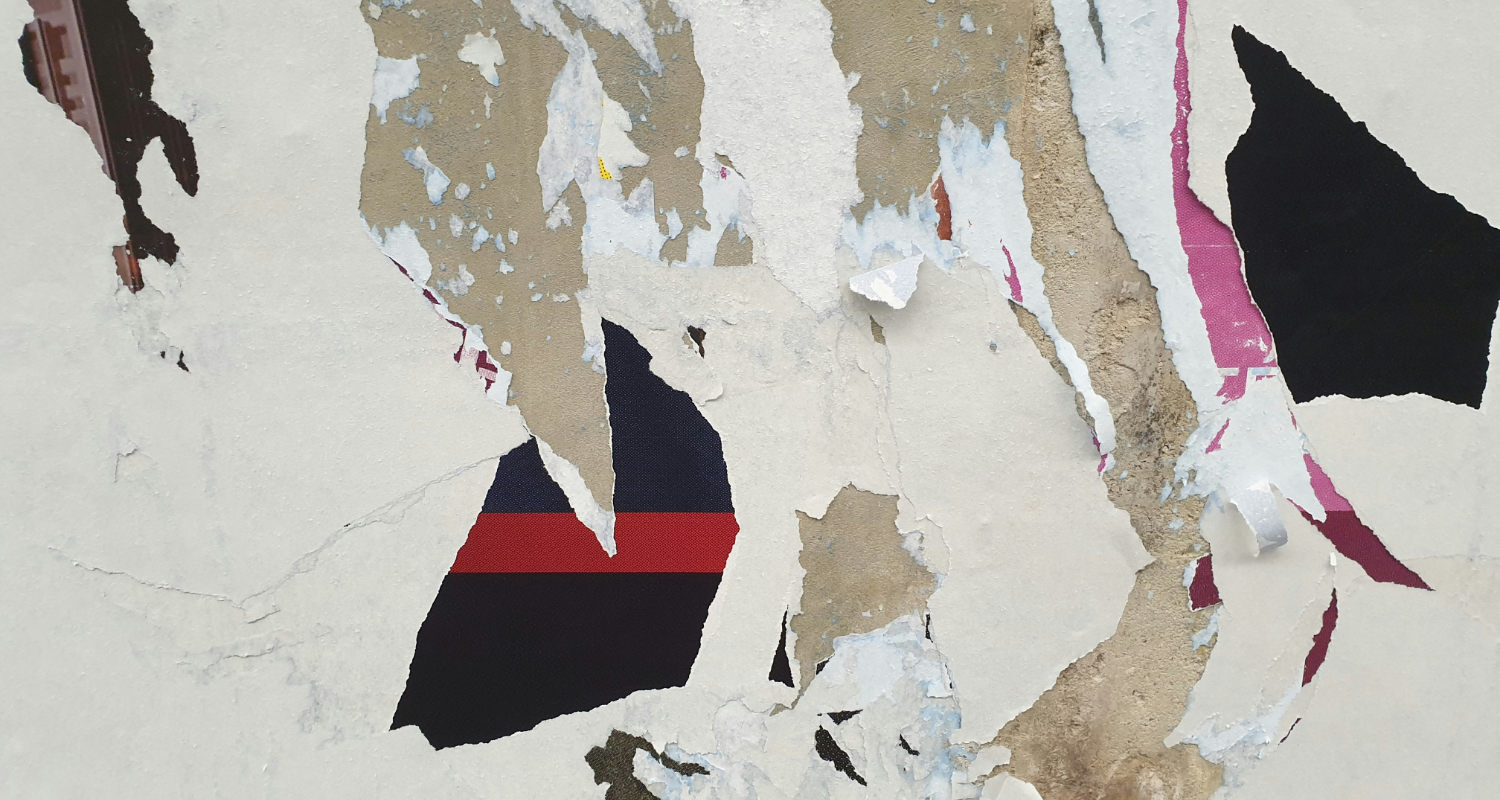Knowing how to optimize images for web is crucial in building a faster, more user-friendly, and more efficient online store. This is essential in keeping your potential customers engaged and helping reduce bounce rates.
While we always promote high-quality images, this is often one of the culprits of slow-loading pages. This is why we always recommend optimizing the photos you publish on your online store.
In this blog, we will walk you through the essential steps to optimize images for web. From understanding the nitty-gritty of image file formats to mastering compression techniques without sacrificing quality, we’ll cover all the bases to help you keep your website light, fast, and engaging.
What is image optimization (and why does it matter?)
In the context of ecommerce, loading speed affects conversions and sales. The longer the site takes to load, the higher the possibility of losing customers – which means you’re losing money. In fact, a study conducted by Unbounce revealed that about 70% of potential buyers shared that page speed affects their buying decisions.
Image optimization comes into play as it directly affects loading speed. Optimizing images means reducing the image file size (i.e., kilobytes or megabytes) to help your website load faster without sacrificing the image quality.
For ecommerce websites, two things matter – image quality and image file size. This means that all images you upload to your website must be of high quality – visually speaking – while also optimized for speed.
Your goal is to provide your potential customers with good-quality photos to help them with their buying decisions while also ensuring that these photos load as fast as possible.
Your target is at least to have your web pages load within 2 seconds.
How to optimize images for web
Optimizing images sounds simple, right? Most likely, you have already Google’d and found an online tool advertising they can optimize images for web.
While online tools can help reduce your images’ file sizes, there are other aspects you must consider to achieve the best results. Here are ways you can optimize images for web properly.
Image compression without losing quality
It’s vital to maintain the visual appeal of your product photos while also making sure they load fast. After all, it’s the closest thing your potential buyers get to seeing your products. To do this, use compression tools like our Photo Resize app to reduce the images’ file sizes without affecting the photos’ quality.
Optimize your images’ dimensions
When optimizing images for your online store, ensure that you resize your product photos to the maximum display size needed for your site. Using overly large photos requires more data to load, and they consume more bandwidth. When you optimize image dimensions, you’re helping your site load the photos faster.
Optimizing for mobile devices
Ensure your images are responsive and adapt seamlessly to different screen sizes and orientations. A responsive design ensures that users on mobile devices have a smooth and visually appealing experience. Almost 60% of global website traffic is on a mobile device, so it makes sense to have a website that works with mobile, too.
Use the right image file format
We discussed in detail how image file formats affect image optimization. To summarize, it’s ideal that you use web-friendly file formats like JPEG and Webp. If you’re using photos with a transparent background, opt for Webp instead of PNG format.
Use CDN Services
If you have a Shopify store, they already utilize CDN (Content Delivery Networks) for images. CDNs are great for online stores because your images are being stored in multiple locations globally. This, in turn, speeds up the loading of your images because your photos are being delivered from the server closest to where your potential buyer is. If you’re selling internationally, this is a perfect option for you.
Always audit your website’s performance
The best way to optimize your images for web is if you’re always aware of what’s happening on your site. So always schedule a website audit. You can use online tools like Google PageSpeed Insights to help you identify images requiring optimization and other aspects that might be slowing down your online store.
Image optimization tools
Here are some image optimization tools you can use to help you optimize your images for web:
Shopify Photo Resize App
Our Photo Resize app automatically resizes and replaces your product photos for a professional look across your site. The bulk image resizer saves time and automatically analyzes, improves, and replaces your product photos. This leaves you with uniform, professional photos optimized in the right aspect.
Shopify Auto Alt Text App
Automatically update your images’ alt text in a few clicks to boost your SEO. This tool adds optimized text automatically and helps analyze any missing text, allowing you to configure your texts for better search engine ranking. It will save you hours.
Google’s Webp Converter
Google first introduced Webp as a newer file format that is web-friendly. Fortunately, they also offer a desktop tool that converts your images to Webp suitable for your online store.
ShortPixel
If you’re using Woocommerce (under WordPress), you can use this image optimization plugin to compress your photos in bulk.
Compressor.io
This web tool compresses and optimizes your images for web use and supports all major file formats, including JPEG, PNG, GIF, Webp, and SVG.
Key takeaways on optimizing images
Mastering image optimization isn’t just about the technical details. It’s a critical step in your ecommerce strategy. The quality of your visuals can decide between success and none.
Understanding image optimization and its importance can significantly enhance your website’s performance, user experience, and search engine ranking. Knowing how to optimize your images for web is the secret weapon to help you elevate your brand to the next level.








